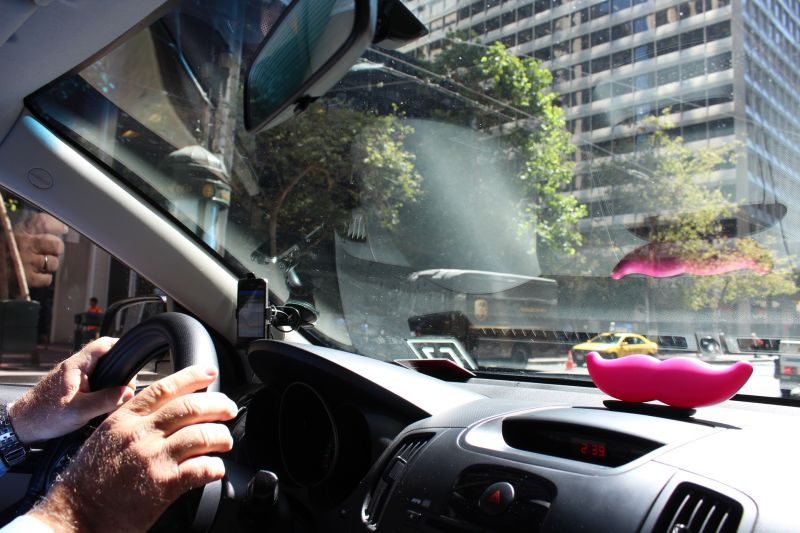One of the big questions surrounding Uber and Lyft's growing popularity in cities has been: Are ride services taking passengers away from public transportation?
Now comes a study conducted for the American Public Transportation Association. It found that people who use ride services and other options, such as bike sharing and car sharing, rely on public transit as their most common mode of transportation.
The survey of 4,500 people in seven cities, including San Francisco and Los Angeles, says that half reported using transit frequently. The most popular time for ride service trips was between 10 p.m. and 4 a.m., and on weekends -- an indication that use peaks for social outings, or at times when public transit service isn't as widely available.
"This suggests that people use ridesourcing situationally, and not daily -- as a mode that fills in gaps or works under specific circumstances rather than as the core of their commute," the report said.
Instead of reducing public transit trips, the study said ride services are largely replacing private auto and taxicab trips. Many are also using ride services as the first mile/last mile connection to public transit. In San Francisco, some of the most common spots for ride service pickups and drop-offs are around public transit hubs.
